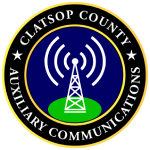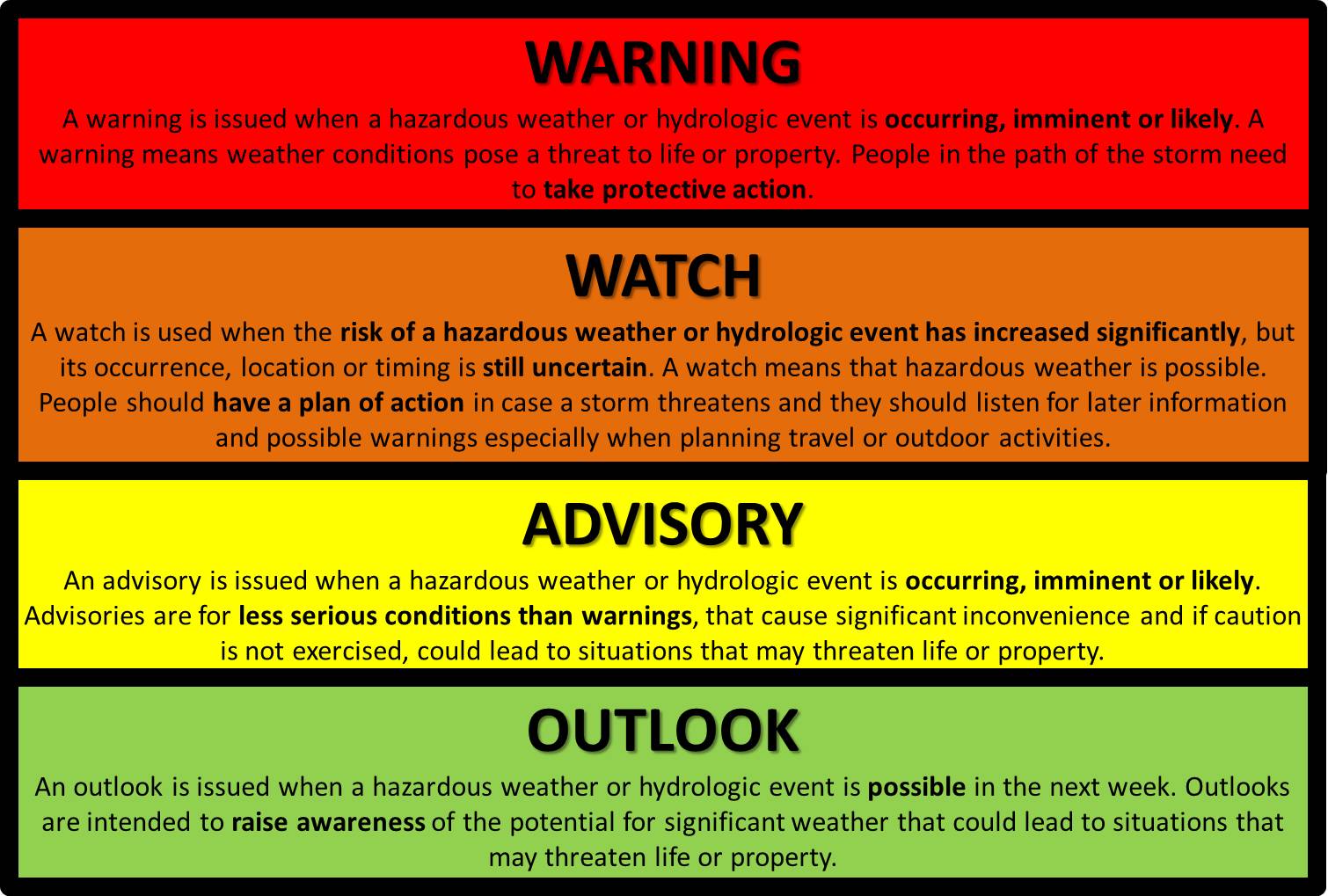Fall can bring unpredictable storms, heavy rainfall, strong winds and early season snowstorms. These can lead to power outages, flooding and fallen trees that can disrupt daily life and cause damage to homes and infrastructure.
Follow these tips to stay prepared for the new season and hazards.
Home Heating Safety
The changing seasons can also bring a transition from outdoor to indoor activities, which can introduce new safety hazards such as home heating. Whether you use a furnace, fireplace or space heater, it’s important to ensure that smoke and carbon monoxide detectors are functioning correctly, and fire extinguishers are readily accessible.
Fall Storms
Fall can bring unpredictable weather patterns. Be aware of your risk to hazards like floods, hurricanes, and other severe weather. Keep an eye on weather forecasts using the FEMA App, and build a kit stocked with essentials like flashlights, batteries and non-perishable food.
Early Snowstorms
In colder regions, early snowstorms can cause transportation disruptions and power outages. To be prepared for early snowstorms, it’s crucial to take several precautions.
First, ensure your emergency kit is ready with warm clothing, blankets, non-perishable food and a hand-cranked/battery powered radio. Second, make sure your vehicle is winter-ready with snow-tires or chains, antifreeze and a mobile emergency kit that can cover your needs if you get stranded. Lastly, stock up on essentials and medications, as snowstorms can disrupt access to stores and services.
The fall months are a good time to think ahead about the other winter-weather hazards you might face and how to prepare for them. Check out our hazard information sheets to learn what steps you and your family can take to be ready for winter storms, avalanches and power outages.
Holiday Fire Safety
Along with cooler temperatures and cozy evenings, autumn also brings the holiday season for many people. If you decorate for the holidays, be aware of the risks. If you’re using candles for decorative pieces or jack-o-lanterns, monitor the candles and never leave a room with a lit candle. You should keep candles at least 12 inches away from anything that could ignite and start a fire.
The fall holiday season may also mean you’re spending more time in the kitchen. Cooking is the main cause of home fires any time of the year, but it is especially common on Thanksgiving. Be sure to stay in the kitchen when you are cooking food and remember to turn off the stove if you leave the kitchen — even for a short period of time. Keep anything that can catch fire like oven mitts, wooden utensils, food packaging, towels and curtains away from your stove top and keep a fire extinguisher nearby. Prevent burns by wearing close fitting or tightly rolled sleeves while cooking and turn pot handles toward the back of the stove so that no one can bump them or pull them over. Only use a turkey fryer outdoors and make sure the fryer is on a steady surface. You should also take care to position outdoor grills at least 10 feet away from siding and deck railings, and out from under eaves and overhanging branches.
If you decide to use lights to decorate, such as outdoor lights, be sure to inspect your lights for any damage, follow proper installation guidelines and use weather-resistant materials. Faulty connections and damaged/exposed wires can create a fire hazard.
Fire Weather
As temperatures cool down in the fall, remember that fire hazards increase. Dry leaves and fallen branches make the perfect fuel for fires. Make sure your property is clear of combustible materials and always exercise caution when using outdoor fire pits, campfires and grills. Be in the know about how to evacuate, where you will go and what you should bring to stay safe.
Communicate and Practice Your Plan
Communicating and practicing your disaster plan ensures the people in your network are well-prepared to respond effectively in a crisis. After you make a plan, talk about it with family, friends, colleagues and neighbors to keep everyone informed on where you are or where you will go if a disaster strikes.
It is also important to practice your plan. Practicing your plan will help you and your family understand which actions to take. Taking time to practice your plan will also help you identify any gaps in your plan.
By taking proactive steps to mitigate seasonal hazards, we can enjoy the beauty of the fall while staying safe.




